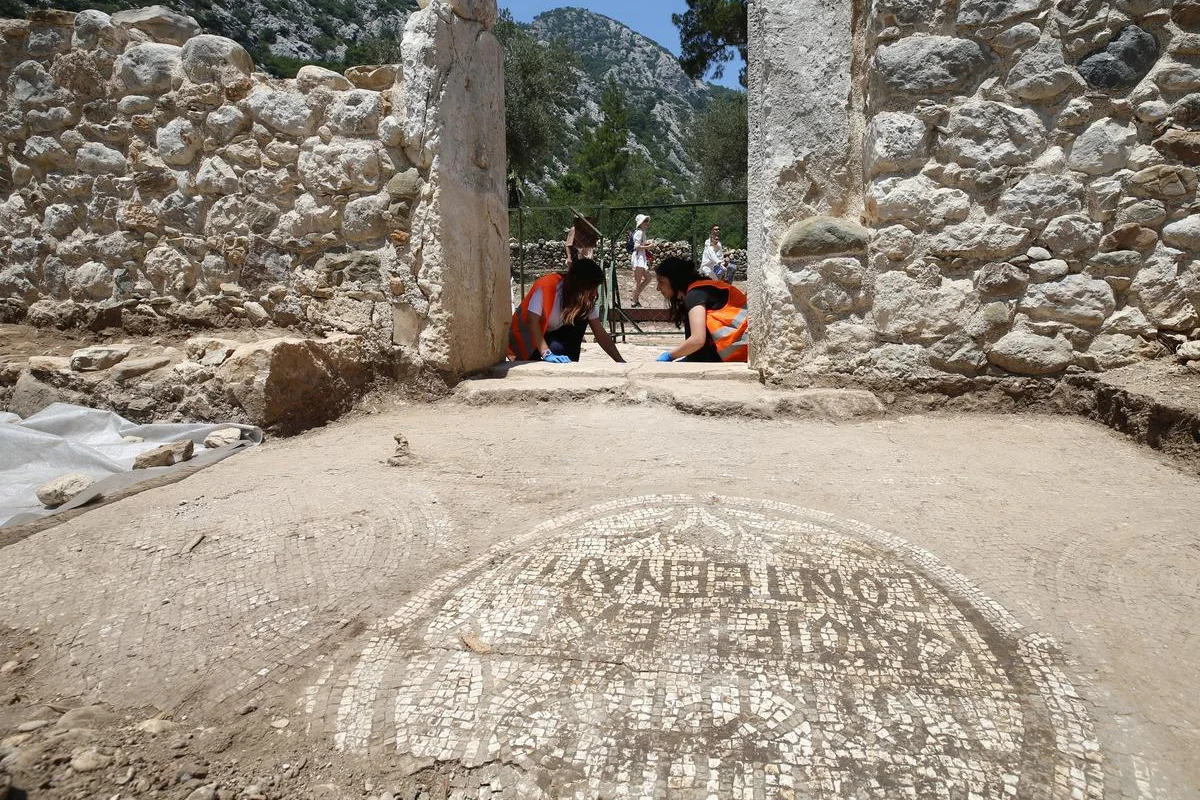Building Democracy: How Greek Architecture Shaped American Identity
In the architectural tapestry of the United States, a striking thread is its longstanding fascination with ancient Greek architecture. This fascination, transcending mere aesthetic appreciation, is rooted in deep cultural and ideological affinities. From the majestic columns of the Lincoln Memorial to the full-scale replica of the Parthenon in Nashville, Greek architectural motifs have become symbols of American ideals and aspirations. But why did Americans, in their quest to define their national identity, turn so emphatically to the architectural language of a civilization millennia old?
The Greek Revival Movement: A Mirror for Democratic Ideals
Washington State Capitol
The heart of America's embrace of Greek architecture lies in the Greek Revival movement of the late 18th and early 19th centuries. Post-independence America was a nation in search of a cultural identity that could reflect its democratic ethos and Republican values. In ancient Greece, American architects and intellectuals found a wellspring of inspiration. The Greek polis, particularly Athens, was perceived as the birthplace of democracy, philosophy, and the arts—ideals that resonated deeply with the American spirit.
Greek architecture, characterized by its grandeur, symmetry, and simplicity, became a physical manifestation of these ideals. The use of Greek styles in public buildings, such as courthouses, banks, and educational institutions, was not just an aesthetic choice but a deliberate attempt to imbue these structures with the democratic gravitas of ancient Greece.
Nashville's Parthenon: A Symbol of Cultural Aspiration
The Parthenon replica in Nashville, constructed initially for the Centennial Exposition in 1897, stands as a testament to America's cultural and educational aspirations. Dubbed the "Athens of the South," Nashville's choice of the Parthenon as the centerpiece of the exposition was symbolic of its commitment to the arts and education. This replica, more than just a tribute to the architectural genius of the ancients, served to make the classical world accessible to the American public, thus democratizing the experience of the ancient.
Architectural Symbolism in Nation-Building
Supreme Court of the U.S.
America's turn towards Greek architecture was also a part of its nation-building process. In the formative years of the nation, adopting elements from Greek architecture helped forge a connection with a revered ancient civilization, lending legitimacy and a sense of historical continuity to the young republic. This was especially important in a time when European powers still dominated the world stage and America was striving to establish its place among them.
The Aesthetic and Intellectual Appeal
Beyond the symbolism, there was a genuine appreciation for the aesthetic qualities of Greek architecture. Its emphasis on harmony, proportion, and order appealed to American architects and patrons who sought a visual language that embodied clarity and rationality. Moreover, the intellectual movement of the time, which emphasized classical learning, further fueled this architectural choice.
The American fascination with ancient Greek architecture is more than an architectural preference; it is a reflection of the nation's foundational values and aspirations. It symbolizes a deep-seated reverence for the democratic ideals, intellectual achievements, and artistic expressions of ancient Greece. This architectural choice was a means to connect with the past while building a distinct national identity, one that continues to resonate in the pillars and pediments that grace America's civic landscape.











